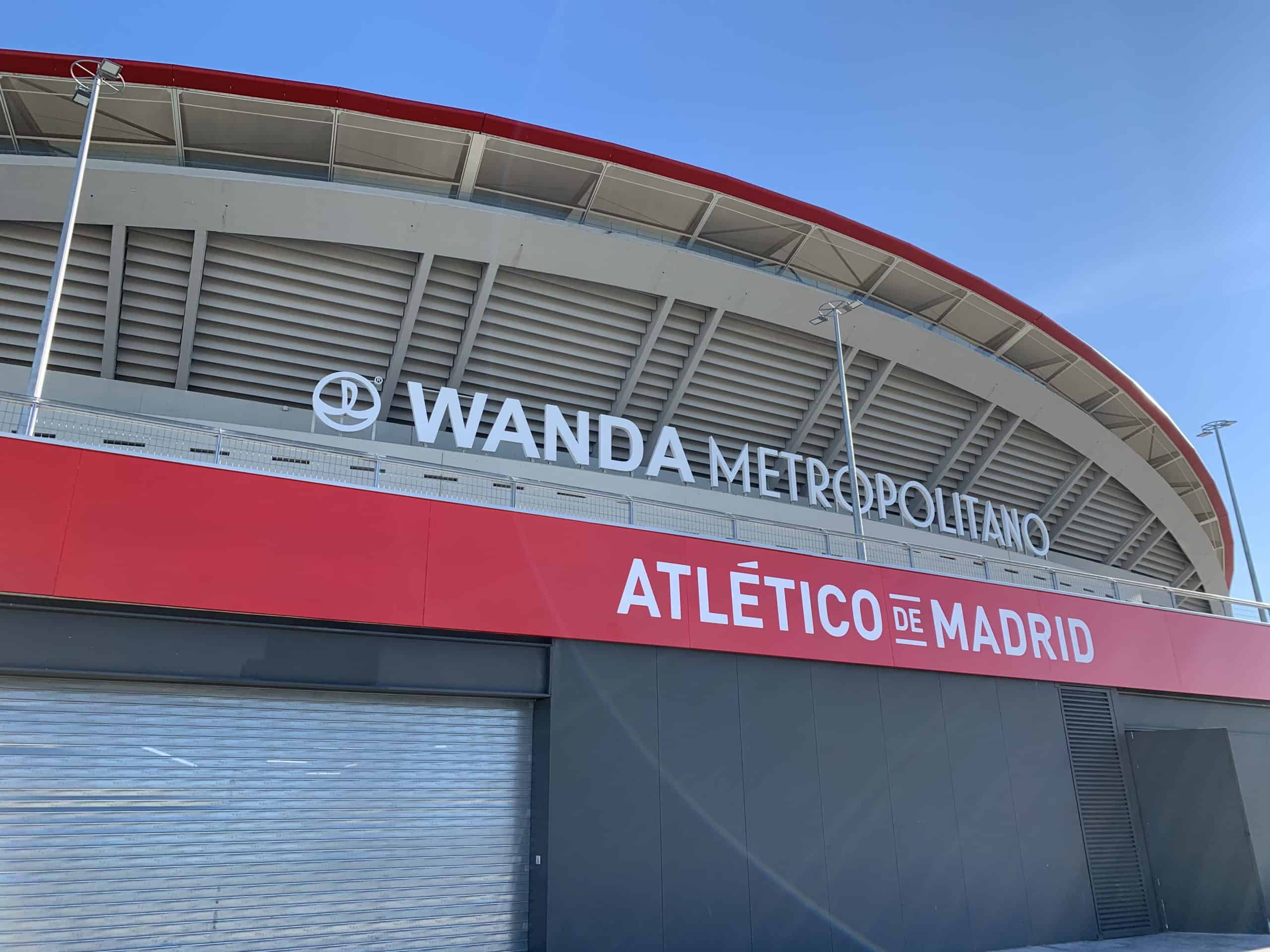
Opened in 1994 as an athletics stadium, it maintained this role until 2004, when it was closed for a renovation that never ended. A new project to renovate the stadium, which would have brought it to the capacity of 66 thousand spectators, came following the candidacy of Madrid as the venue of the Olympic Games (for the 2012, 2016 or 2020 edition). The three nominations were unsuccessful and this project was also suspended. The stalemate was interrupted in December 2008, when Atlético Madrid president Enrique Cerezo signed an agreement with the mayor of Madrid for the transfer of the stadium (until then owned by the municipality) to the football club.
Since 2015 the club is in effect the owner of the structure, which in 2016 was named Wanda Metropolitano.
The name is due to the fact that the company Wanda (Chinese giant in the hotel industry) pays 10 million euros every year for the rights of the name. The adjective Metropolitano was instead added in memory of the stadium on whose lawn Atlético scored its first successes, between 1923 and 1966.
With a capacity of around 68,000 spectators, the Wanda Metropolitano was designed to meet the highest standards of comfort, safety and visibility and in 2019 welcomed the Champions League final.
The official inauguration took place on 16th September 2017 with the championship match Atletico Madrid-Malaga
During the tour of the Wanda Metropolitano, you can get to know one of the most modern stadiums in Europe up close.
The museum also offers a series of interactive panels thanks to which you can learn about both the history of the club and the values of the team.
The Wanda Metropolitano is easily accessible by public transport. By metro, with line 7, get off at the Estadio Metropolitano stop.














